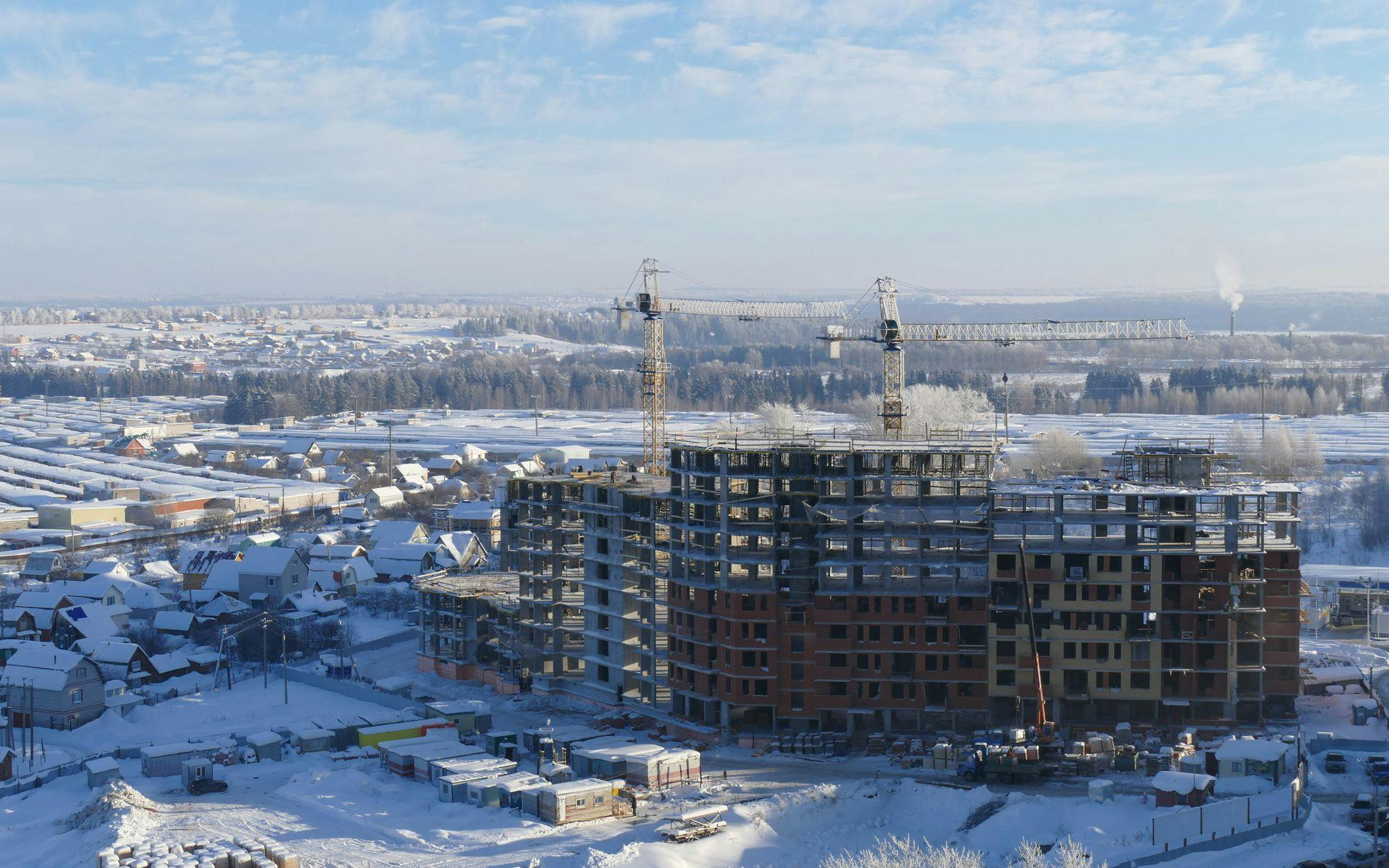
Heating Tips to Keep Construction Jobs Running in Winter
A strong temporary heating package from an experienced provider is critical to maintaining construction through the winter, but there is more at stake with a winter heating program.
Safety first
Gone are the days of chucking a few salamanders or open flame heaters on each floor and having contractors open a window if the smog inside gets too thick. Instead, competent heating contractors offer technologically advanced heat systems focused on high air quality with 24/7 remote monitoring capability because clean, dry, and warm air means safer and more productive workers.
Another consideration is the proper installation of temporary heating systems by trained professionals because a system generating a rat’s nest of ducting and cords can be a tripping hazard. And in a highly competitive labor market, builders who provide safe, dry and clean work conditions have a better chance of retaining the best subcontractors for the next job.
Schedule acceleration
A good heating contractor preserves the construction schedule by designing the right heating system for the specific weather condition and construction phase. Are tapers stalled due to drywall mud not drying fast enough? Is the slab on grade pour delayed due to ground frost? Why do winter rough-ins always take so long? These are questions an experienced temporary heat provider will help with to accurately identify the right solution for the site’s unique challenges to safely maintain or even accelerate the construction schedule.
Also, nothing slows a schedule down like a site shutdown, sending everyone home due to improper permitting, inspection or unqualified personnel. Every state and province has different regulations, BTU thresholds and permits as it relates to temporary systems, so work with a heating contractor well versed on the regional regulations and permitting requirements to avoid costly shutdowns.
Risk mitigation
Have slabs had to be chipped out due to improper curing conditions? Have split or warped wood architectural features needed replacing due to improper interior relative humidity? Has brand new drywall been installed due to mold? Have window walls had to be fixed due to yellow smog stains from dirty interior heaters? If a contractor answers yes to any of these questions, its winter heating or drying game has not been adequate. Selecting the wrong equipment or wrong contractor to manage winter heat can have devastating effects on construction quality and schedule. Work with a reputable heating partner to mitigate these risks and overcome the unique site challenges.
Protect reputation
A general contractors’ record and reputation are often more valuable than gold. That’s why it is essential to work with a heating contractor with an equally stellar record, especially when it comes to safety and cleanliness, to prevent potential fines, lawsuits, fires and fuel spills—all of which can result in negative press and damage to a reputation if not appropriately handled.
Construction contractors can keep their brand and reputation intact by engaging with an experienced contractor with a strong safety record as well as clean heating systems such as indirect hydronic systems to minimize incidents such as fire and fuel spills.
Preconstruction planning and maintaining budget
During preconstruction, project managers must engage a trusted heating provider to custom design a temporary heating plan that provides the full cost analysis of the project including fuel estimates, rental costs, freight, labor, commissioning, permitting, inspections, fire watch, insurance and crane time. Once contractors have the full picture of the costs associated with temporary heating, they can stay on track and budget because estimates were done right the first time.
Save money
Equipment rental costs are often the least expensive item in a winter heating budget while the most significant cost is fuel? By leveraging newer, more efficient technology, especially on larger projects, contractors can save thousands—or even millions—of dollars in fuel costs.
The benefits of a sophisticated heating and drying system designed by an experienced heating contractor are enormous. Not only are sites cleaner and safer, but construction schedules can speed up—all while reducing fuel costs, potential risks and staying on budget.
Related stories








